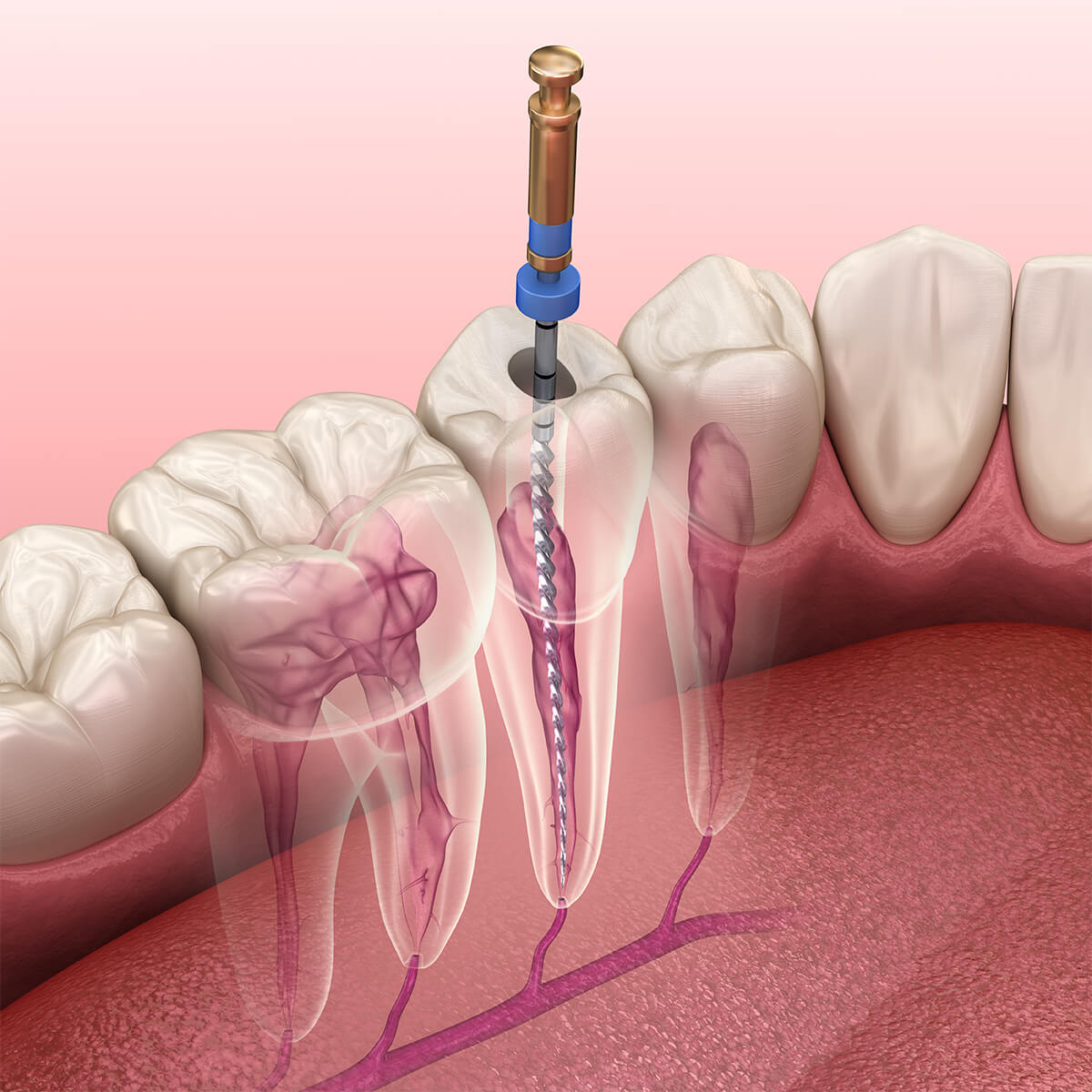Root Canal Treatment vs. Tooth Extraction: Why Saving Your Tooth is Worth It

Strong 8k brings an ultra-HD IPTV experience to your living room and your pocket.
When faced with a severely damaged or infected tooth, many people are left wondering whether it’s better to undergo a root canal treatment or simply have the tooth extracted. While tooth extraction may seem like a quick solution, it’s important to understand that saving your natural tooth is often the best option. In this article, we’ll compare root canal treatment with tooth extraction, highlighting why saving your tooth is worth it.
What is Root Canal Treatment?
A root canal is a dental procedure designed to save a tooth that has become severely infected or damaged. The treatment involves removing the infected or decayed pulp (the soft tissue inside the tooth), cleaning and disinfecting the tooth's inner chambers, and then sealing it to prevent further infection. Afterward, the tooth may be fitted with a crown for added protection and strength.
Root canal treatment is a highly effective way to save a natural tooth, providing relief from pain and allowing the tooth to function normally for many years.
What is Tooth Extraction?
Tooth extraction is the process of removing a tooth from its socket in the jawbone. This procedure is typically recommended when a tooth is too damaged or infected to be saved. The reasons for tooth extraction may include severe decay, trauma, advanced periodontal disease, or a failed root canal.
While tooth extraction can provide immediate relief from pain caused by an infected tooth, it is often followed by the need for further dental procedures, such as a dental implant or bridge, to restore the function and appearance of the missing tooth.
Why Root Canal Treatment is the Preferred Option
Root canal treatment offers many benefits over tooth extraction. Here are the main reasons why saving your tooth is worth it:
1. Preserves Your Natural Tooth
One of the most significant advantages of a root canal is that it allows you to preserve your natural tooth. When you keep your original tooth, it helps maintain the alignment of your other teeth, supports the structure of your jawbone, and prevents neighboring teeth from shifting out of place.
In contrast, tooth extraction can lead to a range of complications, including the potential for shifting teeth, bone loss, and the need for additional dental treatments to restore the missing tooth.
2. Maintains Oral Function
Your natural teeth are designed to work together to allow you to chew, speak, and smile comfortably. Saving a tooth with a root canal helps maintain your oral function, as you won’t need to adjust your bite or modify how you chew.
After a tooth extraction, you’ll likely need to replace the missing tooth with an implant, bridge, or denture to restore your ability to chew properly. These replacements may not feel or function as naturally as your original tooth, and they often require additional maintenance and care.
3. Prevents Bone Loss
When a tooth is extracted, the jawbone in the area can begin to shrink over time. This process is known as bone resorption. The bone that once supported the extracted tooth begins to deteriorate, potentially leading to changes in your facial structure, as well as problems with future dental work.
In contrast, a root canal allows you to keep your tooth and preserve the bone structure around it. By keeping your natural tooth in place, you avoid bone loss, which helps maintain the integrity of your jawbone and facial appearance.
4. More Cost-Effective in the Long Run
While a root canal treatment may have a higher upfront cost than a tooth extraction, it is often more cost-effective in the long term. Saving your natural tooth means you won’t need to pay for additional procedures such as dental implants, bridges, or dentures, all of which require ongoing maintenance and potential replacements.
A root canal can provide a long-lasting solution that may only need a crown for added protection, which is generally less expensive than replacing a lost tooth.
Choosing a root canal over extraction preserves your natural tooth and prevents future dental issues. If you're wondering about the root canal treatment cost in Manish Nagar, it varies based on factors like tooth condition and complexity. While costs differ by location, investing in a root canal can save you from more expensive treatments down the line.
5. Avoids Future Complications
Extracting a tooth can lead to several long-term dental issues. After extraction, your surrounding teeth may begin to shift, which can affect your bite and increase the risk of additional dental problems. You may also experience difficulty chewing and speaking properly, especially if the missing tooth is in a visible or functional area of your mouth.
Root canal treatment, on the other hand, can prevent these issues and help maintain the integrity of your smile and bite.
6. Root Canal Treatment is a Routine, Well-Established Procedure
Root canal procedures have been around for many years, and advancements in dental technology have made the process safer and more comfortable than ever. With modern techniques and anesthesia, most patients experience little to no pain during the procedure and can return to their normal activities within a day or two.
Tooth extraction, while a common procedure, often requires a longer recovery time and may involve more discomfort during the healing process.
When Is Tooth Extraction Necessary?
Although saving a tooth with a root canal is the preferred option in many cases, there are instances where tooth extraction may be the best course of action. For example, if the tooth is severely fractured, if there is extensive damage that can’t be repaired, or if the infection has spread too far, extraction may be the only viable solution.
Your dentist will carefully evaluate your tooth and its condition to determine whether a root canal or extraction is the best choice. In some cases, extraction may be necessary as a last resort, but it’s always worth considering root canal treatment first if the tooth can be saved.
The Root Canal Procedure: What to Expect
If you opt for a root canal treatment, here’s what you can expect during the procedure:
Anesthesia: Your dentist will numb the area around the affected tooth to ensure you remain comfortable during the procedure.
Accessing the Pulp: The dentist will make a small opening in the tooth to access the infected pulp and remove the damaged tissue.
Cleaning and Shaping: The dentist will clean and shape the inside of the tooth to remove any remaining bacteria and debris.
Sealing the Tooth: The empty space inside the tooth will be filled with a rubber-like material to prevent future infection, and the tooth will be sealed.
Restoration: In many cases, a crown will be placed on the tooth to restore its strength and appearance.
Conclusion
While tooth extraction may seem like the easiest solution when faced with a damaged or infected tooth, saving your natural tooth with a root canal treatment offers numerous benefits. It preserves your oral function, prevents bone loss, is more cost-effective in the long run, and helps maintain your smile and overall oral health. If you’re facing the decision between a root canal and extraction, talk to your dentist about the best options for your individual situation. By choosing to save your tooth whenever possible, you’re making an investment in your long-term oral health.
Note: IndiBlogHub features both user-submitted and editorial content. We do not verify third-party contributions. Read our Disclaimer and Privacy Policyfor details.







